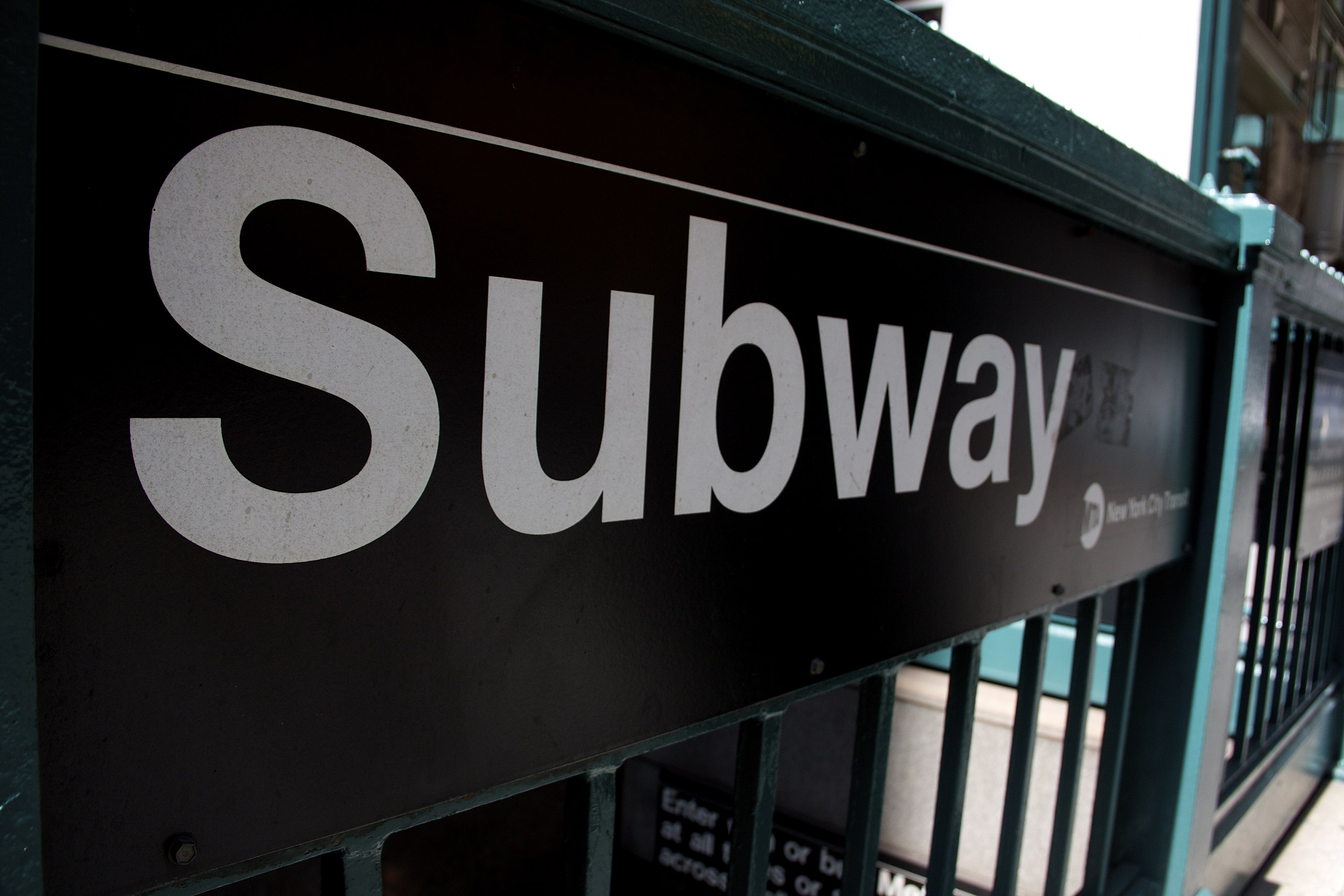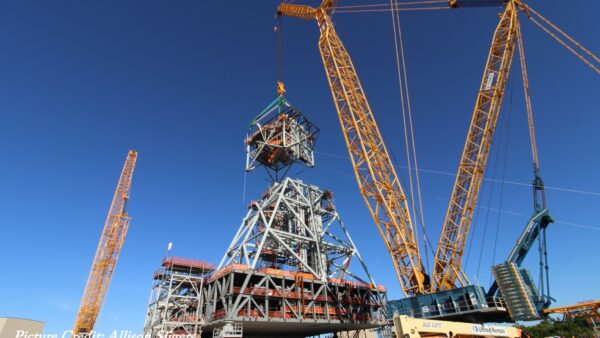
The overseer of New York’s Metropolitan Transportation Authority (MTA) has told it to improve the way it scopes capital projects after it spent nearly $3m extra on an underway project to fix an issue that should have been been specified and costed at the outset.
The Office of the MTA Inspector General (OIG) investigated a $25m contract to update signal equipment on elevated subway tracks near Jamaica and Myrtle avenues after an extra $2.89m had to be spent replacing more than a mile (some 6,400 feet) of dilapidated trays holding utility cables along the tracks.
Although the state of the cable trays was commonly known years before the contractor started work in August 2020, MTA personnel failed to include replacing them in the contract.
It took the contractor itself to raise the issue in June 2021, when it found that trays at 12 stations wouldn’t hold the new fibre optic cables it was meant to install.
MTA personnel then negotiated a $2.89m additional work order (AWO) for replacing the trays, telling the MTA board that the extra work had been necessitated by a “field condition”, meaning an issue that could not have been foreseen. The board approved the AWO in June 2021.
OIG believes the AWO should have been classified as caused by design error or omission, which would have sparked a “lessons learned” review.
Bad value for money
OIG investigated because it considers AWOs bad value for money, since a piece of work procured as an AWO usually costs more than it would if it had been included in the original competitive tender.
Contractors who discover an issue while already doing the specified work are almost guaranteed to win the AWO, and so can name their price.
OIG investigated this particular AWO because it represented more than 10% of the original contract’s value.
“Expanding scope once a project is underway is notorious for increasing the cost of a project, as any homeowner knows,” said acting MTA Inspector General Elizabeth Keating in a 15 September press release. “This is an opportunity for the MTA to improve its communication between departments during capital planning and design.”
How it happened
The state of the cable trays, many installed 40 years previously, was well known to MTA personnel when they first conceived the signal upgrade contract in 2014 and onward through its subsequent design phases to May 2019.
MTA’s Maintenance of Way (MOW) engineers started replacing some cable trays in 2013 and in November 2016, MOW personnel had to perform emergency repair work on a cable tray at a station on the Jamaica line that was so badly corroded it was at risk of coming off onto the tracks.
But OIG found that the project’s master plan, which had been created by Construction & Development (C&D) personnel and reviewed by MOW personnel, had referred to new cable trays, but vaguely, leading to confusion between C&D and MOW about whether replacing the trays was part of the scope of work or not.
Later, MTA capital designers intentionally excluded cable trays from the contract’s scope of work, likely owing to budget constraints, but did not tell MOW about their decision.
Then, MOW personnel didn’t interrogate the plans closely enough in the design phase to spot that new cables needed new cable trays, thus missing the chance to flag up the issue, OIG said.
In this way, a crucial part of the original signal upgrade contract fell through the cracks.
Not a new problem
OIG recommended that the C&D and MOW departments improve their project design and management processes in seven ways; all were agreed by C&D and MOW.
However, as OIG pointed out in this review, MTA personnel have a history of misclassifying AWOs as caused by “field condition” rather than design error or omission.
In 2011, MTA OIG found that some 24% of AWOs classified as field condition or user request events over 2009-10 were actually caused by design error or omission.
Investigators learned that some MTA construction managers were reluctant to cite error or omission because they were hesitant to confront designers, with whom they may work on future projects, or because of the increase in paperwork that errors and omissions entail.
“Thus,” the MTA OIG said in its 2011 report, “our findings indicate that a significant number of design error and omission AWOs are misclassified, and that NYC Transit is at risk of repeating design mistakes.”
If the cable trays AWO is any indication, that risk remains.






